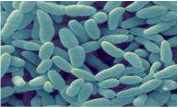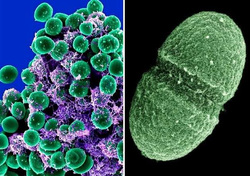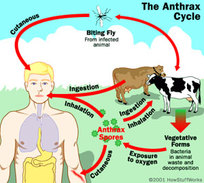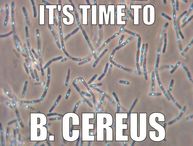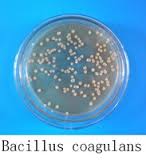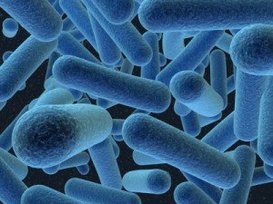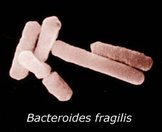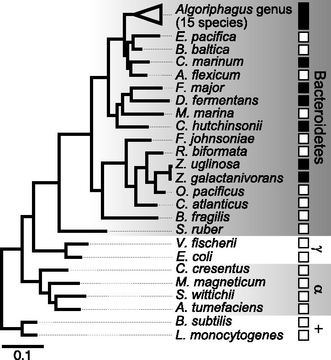
Acanthamoeba keratitis – An infection of the eye that typically occurs in healthy persons and can result in permanent visual impairment or blindness.
Granulomatous Amebic Encephalitis (GAE) – A serious infection of the brain and spinal cord that typically occurs in persons with a compromised immune system.
Disseminated infection – An infection where the germ enters the body through a single entry point (a cut, wound, or through the nostrils) and then disperses throughout the body. This widespread infection that can affect the skin, sinuses, lungs, and other organs independently or in combination. It is also more common in persons with a compromised immune system.
